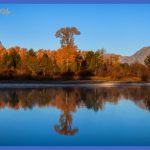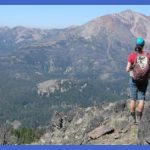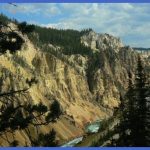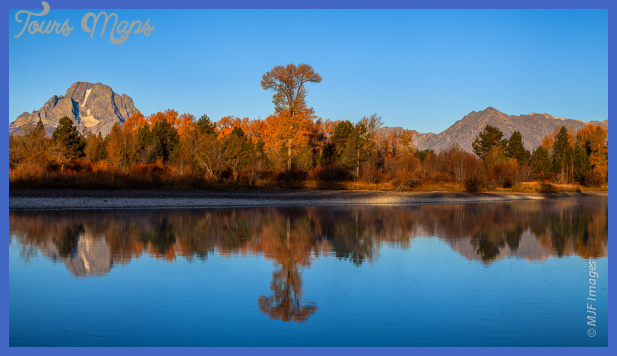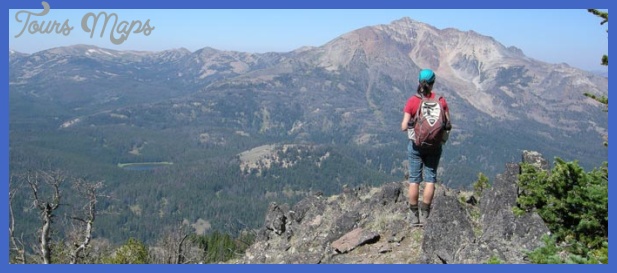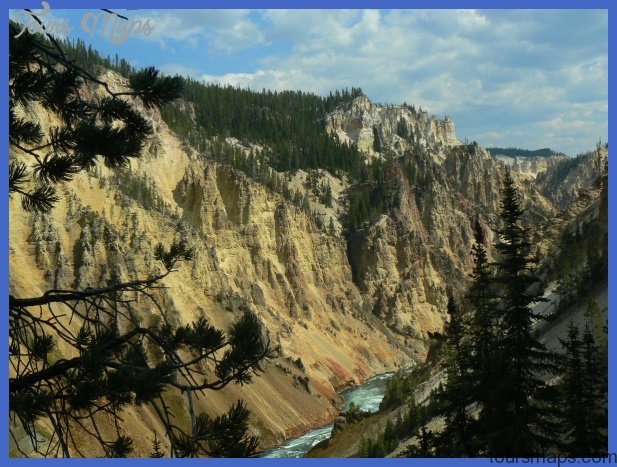No one thought in 1872 that such a relatively small tract of land in the vast western territories would actually become a preserve for bears, wolves, bison, and thousands of other common living things. But during the next century, these animals disappeared from most of the country, and Yellowstone became an island of wilderness within a sea of human settlement. According to modern ecologists, though, the Yellowstone island is not large enough to adequately protect the unique resources found here. Several Yellowstone animals and birds have been listed as threatened or endangered under the 1973 Endangered Species Act. The grizzly bear and bald eagle were delisted in 2007, leaving only the Canada lynx and gray wolf on the list. In spring 2008 the wolf was delisted, spurring the killing of over 100 wolves in Idaho, Montana, and Wyoming, but a preliminary injunction in August restored their federal protection. A complete catalog of Yellowstone’s living things has never been produced; it would require volumes. In this chapter, after pointing out some small living things that occur throughout the park (along with a couple of not-so-small rare snakes), we introduce you to some of the more common plants and animals living here, grouping them into three quite different ecosystems, or communities of organisms that function as a unit of nature.
Ecosystems are defined by the geology and soil types, the elevation, the latitude, and the amount of precipitation. The elevation in Yellowstone ranges from about 5300 feet (1615 m) to over 11,000 feet (3350 m). For every 1000-foot (300 m) increase in elevation, average daily temperatures are 3.5°F (about 2°C) lower, spring arrives about ten days later and autumn about ten days earlier. The latitude here is about that of Turin, Italy, or Bangor, Maine between 44 and 45 degrees north. Lastly, the amount of rain and snowfall varies greatly, and the snowpack at 9000 feet (2750 m) remains almost two months longer than at 7000 feet (2130 m). More rain falls on western mountainsides than in sheltered valleys east of the mountains. Many of the plants and animals mentioned below occur in two or more of the ecosystems. Fish are discussed at the end of the chapter.
A YELLOWSTONE SAMPLER Photo Gallery
Maybe You Like Them Too
- The Best Cities To Visit in The World
- World’s 10 Best Places To Visit
- Coolest Countries in the World to Visit
- Travel to Santorini, Greece
- Map of Barbados – Holiday in Barbados

